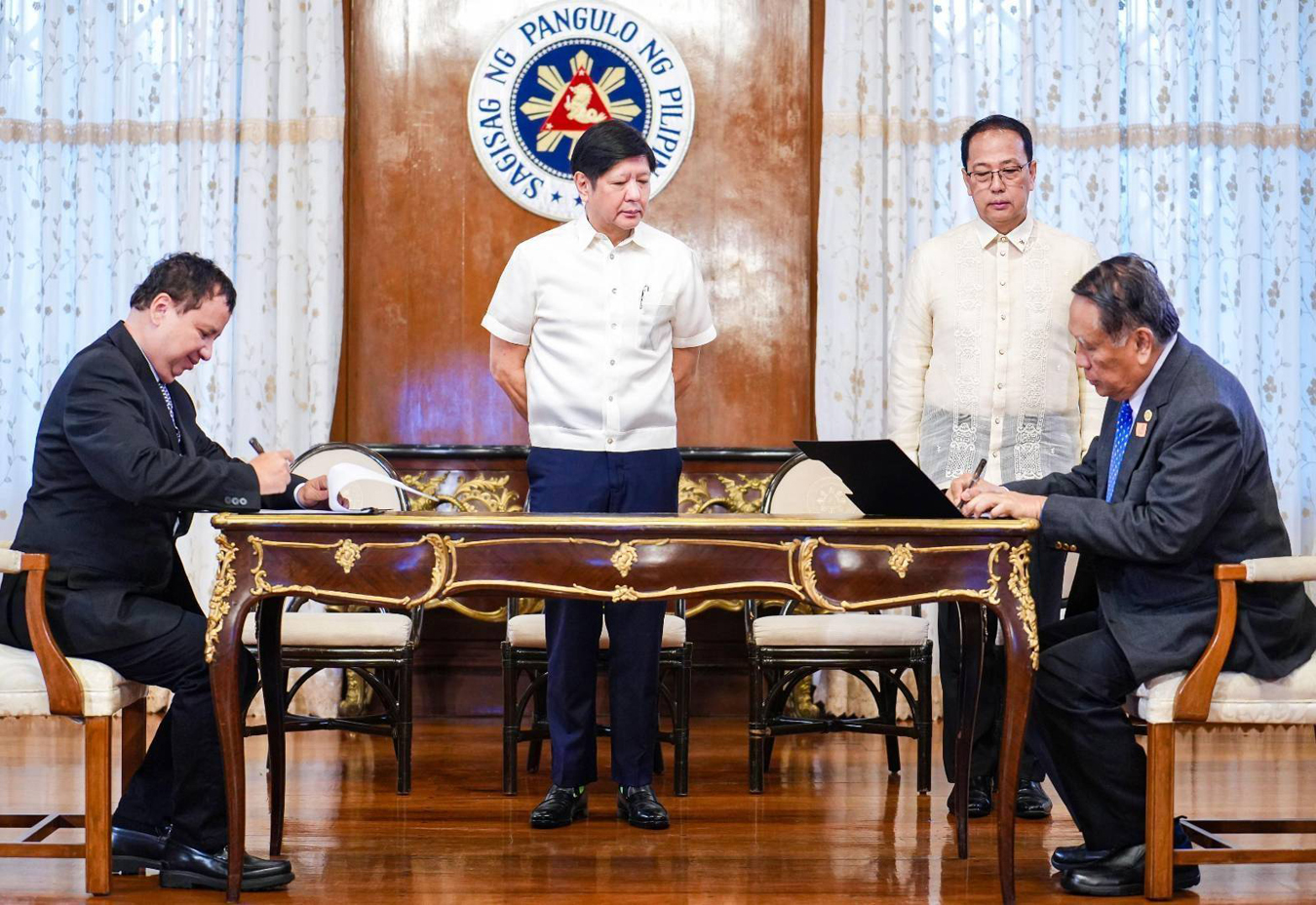
By Brian Jules Campued
President Ferdinand R. Marcos Jr. reorganized the National Intelligence Coordinating Agency (NICA) in a bid to bolster its capabilities amid changing threats to national security, the Palace said on Tuesday.
According to the Presidential Communications Office (PCO), Executive Order No. 54 was signed by Executive Secretary Lucas Bersamin on Jan. 19.
The President, through the three-page EO, saw the need to reorganize NICA to strengthen its intelligence gathering and analysis among its other functions in order to ensure national security and promote national interest.
“There is a need to reorganize the NICA to adapt to the evolving threats to national security and ensure a more vigorous intelligence collection, intensify internal and external coordination with foreign and domestic counterparts, and prepare intelligence and security assessments and estimates using data analytics to ensure national security and promote national interest,” the EO stated.
The latest EO had also directed the establishment of the Office of the Deputy Director General (ODDG) for Cyber and Emerging Threats.
The ODDG is tasked to provide direction to the overall planning, supervision and coordination of the NICA on counterintelligence and counter-measures against cybersecurity threats, weapons of mass destruction, and other emerging threats.
The new office will be headed by a Deputy Director General with the rank of Assistant Secretary to be appointed by the President.
It will also be composed of the Directorate for Counterintelligence and Security (DCS) and the Directorate for Cyberintelligence and Countering Weapons of Mass Destruction (DCCWMD).
According to EO 54, the existing DCS under the ODDG for Operations is transferred to the ODDG for Cyber and Emerging Threats and will serve as the agency’s focal point for the national government’s coordination activities on counterintelligence.
The DCCWMD, meanwhile, is created to conduct the NICA’s national cyberintelligence research using data analytics; and intelligence activities to counter chemical, biological, radiological, nuclear, as well as other emerging threats.
It is also responsible for the agency’s internal response operations; security and safety assessment; network monitoring; and information and communications technology development and management.
Furthermore, the Chief Executive listed additional functions of the NICA which include requesting the detail of personnel from other government offices, subject to the approval of the head of office and availability of personnel, to ensure effective coordination, integration, and fusion of information relative to national intelligence concerns.
Constitutional bodies, the judiciary, as well as the Congress may also request the NICA to integrate information or intelligence and coordinate with appropriate agencies the conduct of national activities involving intelligence or investigation on matters of national security.
Funding for the implementation of the latest EO will be charged against the current and available appropriations of the NICA, subject to pertinent budgeting, accounting, and auditing laws, rules and regulations. – avds
